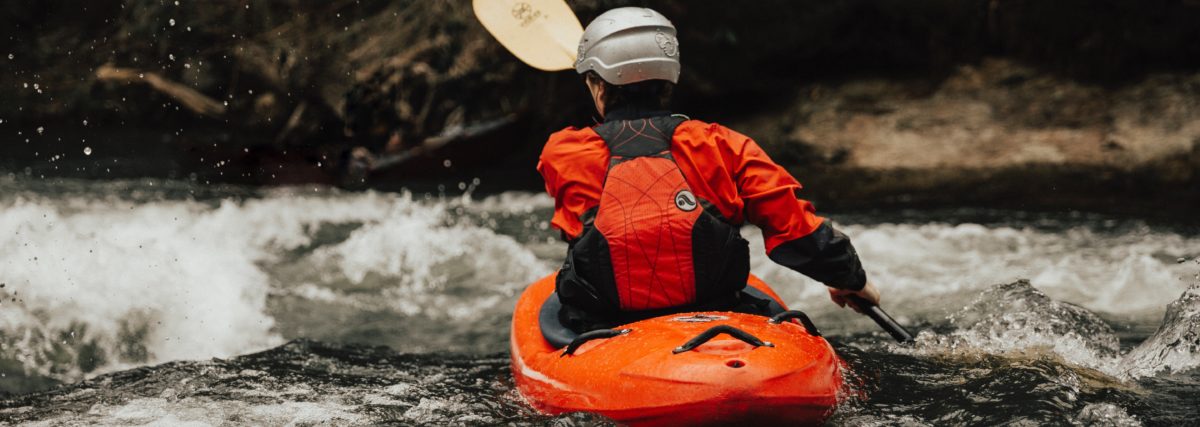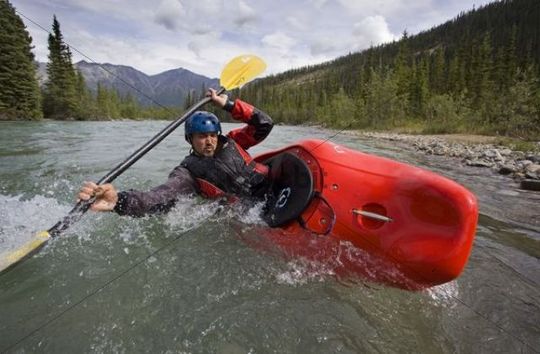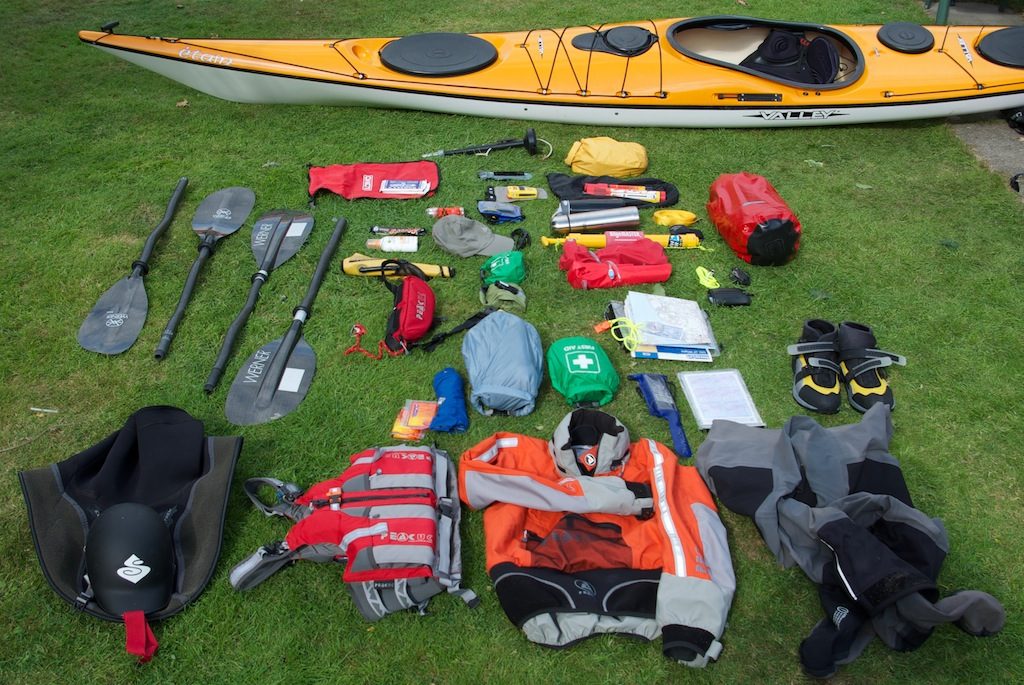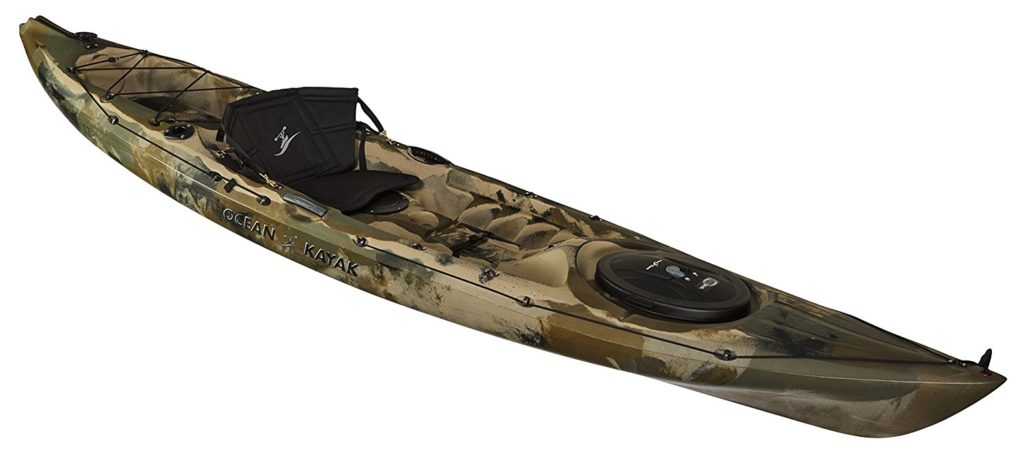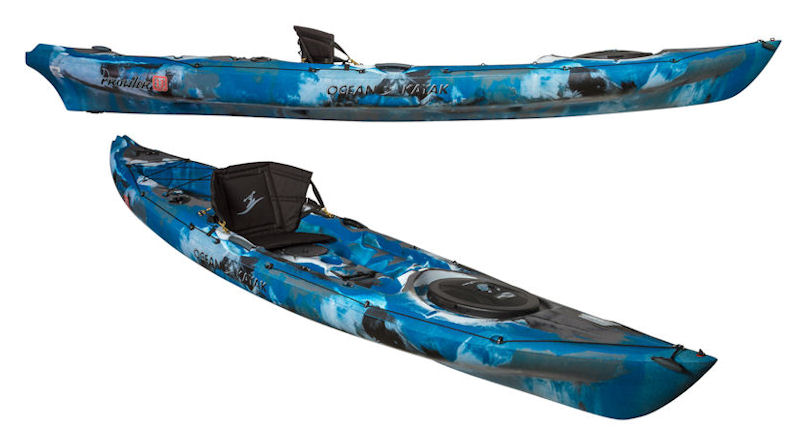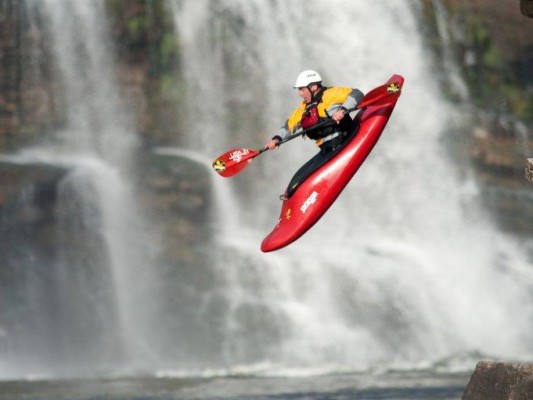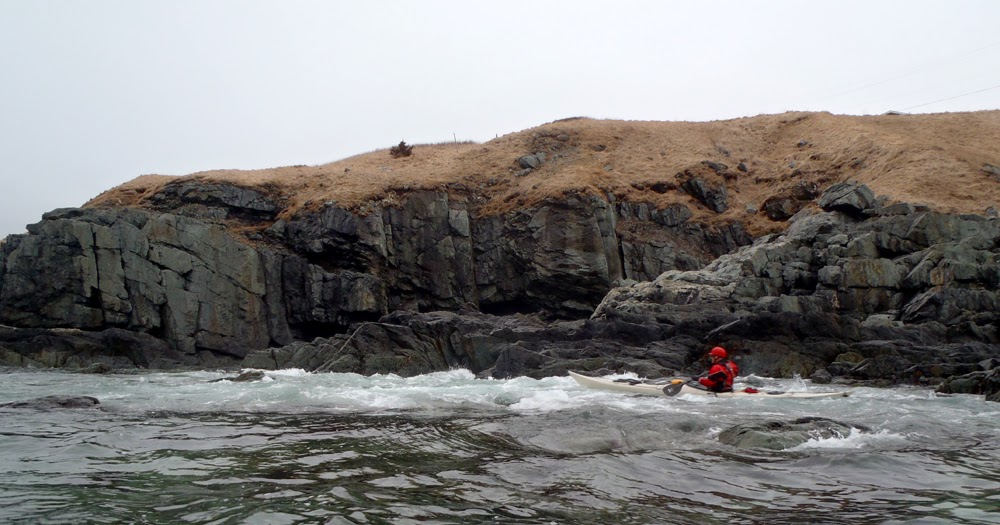In the state of California, Lake Tahoe is a beautiful area with a variety of activities to enjoy. From kayaking to hiking, you’ll find many things to do there. Here are some of our favorites.
#1. Skiing And Other Winter Sports
Lake Tahoe is a great place to visit, especially during the holidays, with all of the winter activities that are available there, including skiing. While Lake Tahoe is, of course, famous for its lakes, it’s also well known for their ski resorts.
Skiing, snowboarding, sledding, and more are popular activities during the winter. Popular resorts include Homewood Mountain Resort and the Heavenly Mountain Resort. Visiting Lake Tahoe in the winter is a lot of fun.
#2. Hiking
Lake Tahoe is home to many beautiful hiking trails, making it a popular destination for hikers around the world. Walk along the lakes, waterfalls, and beautiful wilderness areas.
Popular hiking destinations include the Angora Lakes Trail, an easy uphill hike with beautiful views of the lake, and the Tamarack Lake Trail, a harder, rockier hike. There’s a lot of other trails too, most of which have a lake view.
#3. Kayaking
Kayaking is easily the number 1 activity at Lake Tahoe. Millions of people come to the area to go kayaking on the beautiful lakes, all year round. You can go as a group, or alone. If going alone, we recommend the folding Oru kayak.
It’s a great workout too, especially for your upper body and core. There’s no shortage of rental companies that offer guided tours and more.
#4. Camping
Lake Tahoe is a popular destination for millions of campers each year. You can expect beautiful views from your campsite, and some are even near a lake area.
You won’t regret coming to vacation here for a camping trip. Some campsites are in the mountains, while others are along bike trails, and some are in the wilderness.
#5. Biking
Lake Tahoe is home to scenic and amazing bike trails. Find the trail that’s right for you, then rent a bike at one of the many rental places, then you’re off on an amazing bike ride.
On some trails, you’ll bike along a lake, and on others you may bike on a rockier area, but you will have a great time on all of them.
#6. Fishing And Other Water Sports
During the summer, Lake Tahoe is a popular destination for water sports like fishing, waterskiing, and parasailing. You’ll find many rental places along the lake, and then you’re off, and definitely having a good time.
#7. Photography Tours
It’s no surprise that Lake Tahoe is a beautiful area, and many people like to take photography tours to capture its beauty. Most tours will take you to South Lake Tahoe, and will first bring you to the South Shore, then you will start to go to different parks in the area.
You’ll also learn amazing things about the lake and the local wildlife. You can expect a great experience here.
#8. Visit Local Parks
While Lake Tahoe itself is technically a national park, you’ll find many nearby parks in the area. Some popular parks include the D.L. Bliss State Park, perfect for campers and sightseers, and the Bartley Ranch Regional Park, which is home to many historic buildings, and is perfect for families.
In Conclusion
Lake Tahoe is the perfect place for anyone looking for a great vacation, with no shortage of fun stuff to do, year round. We, here at Killer Kayaks, recommend visiting as soon as you can.
